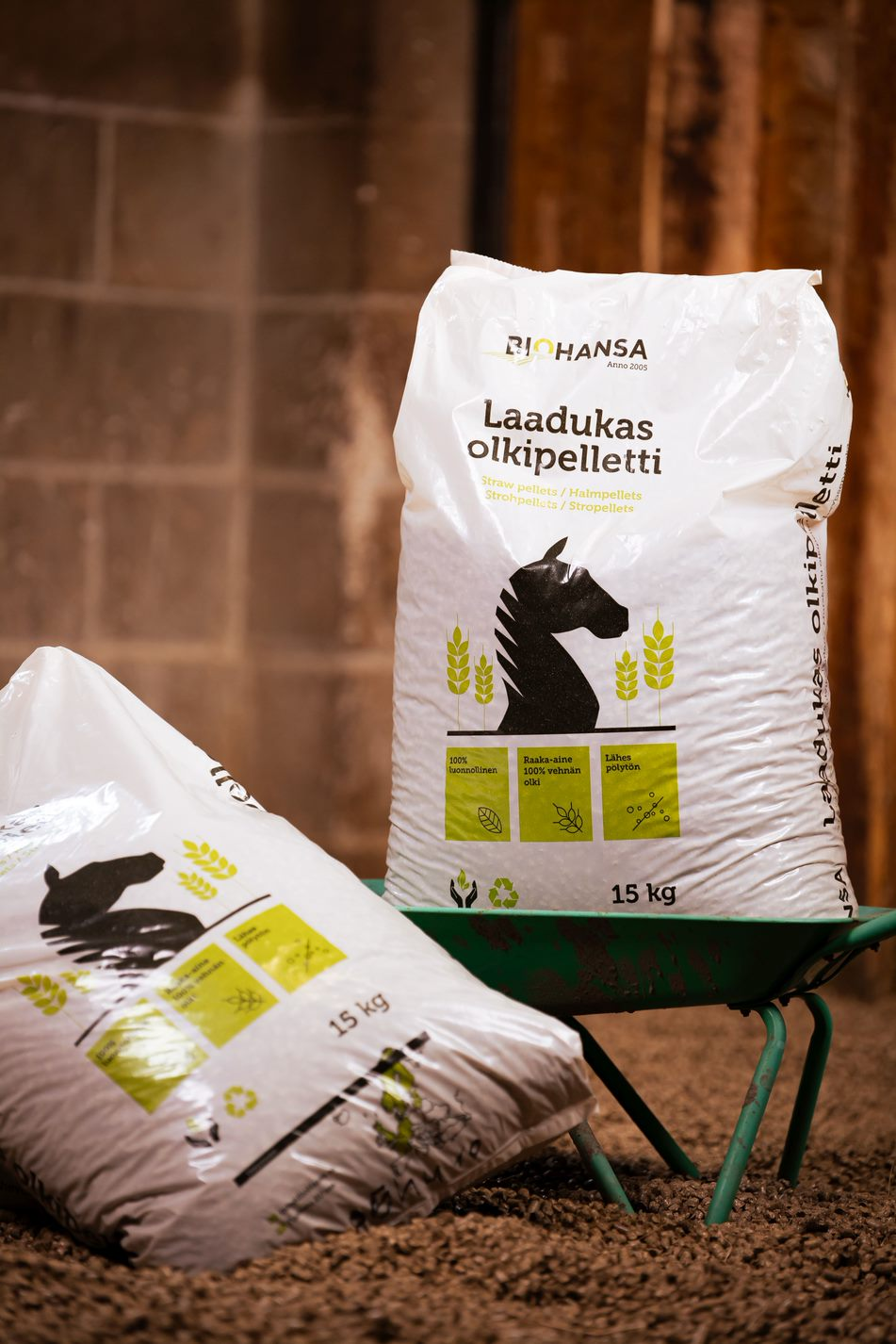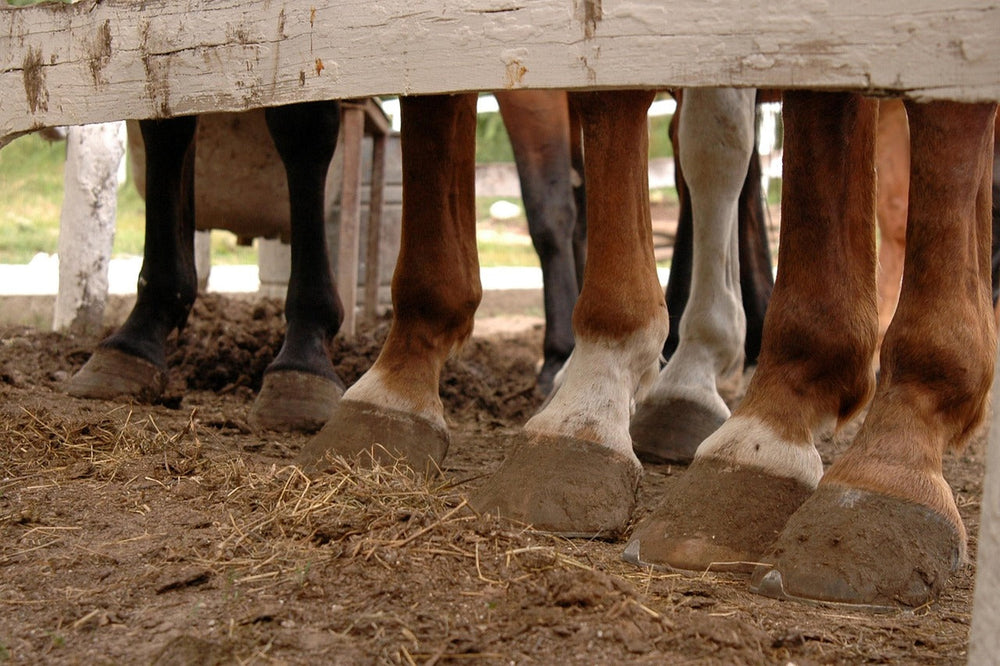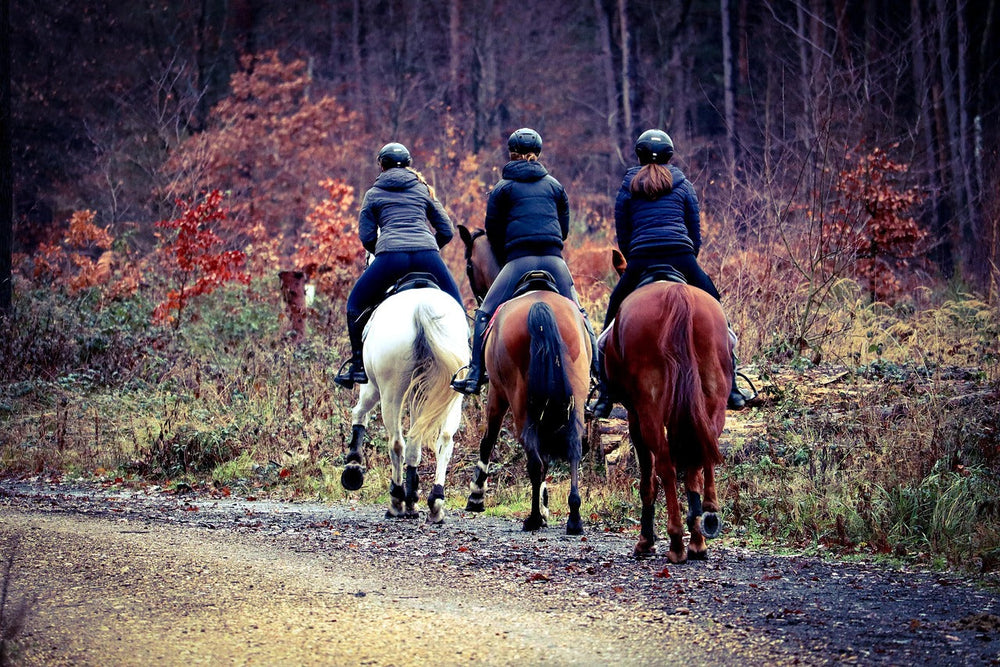alfa alfa ·
alfalfa ·
Category_Uutiset ·
heinä ·
karkearehu ·
mahahaava ·
ruokinta ·
ruokintasuunnitelma ·
vesi ·
Stomach ulcers are a common problem in horses.
Thanks to research methods and generally more efficient research, the state of health and symptoms of horses can be clarified more quickly. The other downside is that it seems that almost every other horse is in pain. Unfortunately, one of the most common ailments in modern horses is stomach ulcers. Therefore, stomach ulcers primarily seem to be a problem of modern horse keeping. By understanding the importance of horse physiology, care and feeding for the well-being of the horse, it is possible to prevent the occurrence of stomach ulcers in horses with the right action. The horse's life should be as natural as possible, regardless of the purpose of the horse.
There are several factors that contribute to the development of stomach ulcers. A horse's stomach is very small and acid is constantly secreted into it. In humans, this only happens when eating and when the stomach is full. Since a horse should eat constantly, the stomach has time to empty between infrequent feedings. The roughage that protects the wall is also removed from the stomach. Briefly explained, stomach ulcers form when the acids in the stomach are able to splash out. Ulcers can occur only in the epithelial part or in the glandular stomach or in both parts of the stomach. For this reason, the stomach should be examined to determine the location and severity of the ulcers.
Most common symptoms
Ulcers are most typically a problem for sport horses, but up to more than half of hobby horses also suffer from them. The findings vary depending on the breed and use of the horse. Symptoms of a stomach ulcer include teeth grinding, increased salivation, weight loss, changes in temperament and poor coat. A sore stomach causes, for example, sensitivity to touch when tightening a saddle or girth. The horse is also reluctant to move and its performance has decreased. In many horses, the changes are mild and asymptomatic.
As already mentioned, a definitive diagnosis can only be made by endoscopy. Factors that predispose to gastric ulcers include, among others, competitions or heavy training, changes in the environment, being kept alone or otherwise alone, changes in feeding, transport and subordinate position in the herd. For these reasons, care and feeding should be as preventative as possible. Feeding intervals can be controlled, for example, with automatic feeders.
How to avoid
Proper care is one of the most important ways to prevent stomach ulcers. Optimal feeding would be 4-6 times a day, with the intervals between feedings as short as possible. Continuous grazing would be ideal, but unfortunately this far north it is not realistic. In nature, horses do not take more than four-hour breaks between meals. A horse can heal itself, so to speak, if stress factors are removed and it is allowed to rest in a calm environment for several weeks.
Gastric ulcer medications do not heal ulcers, but they give the mucosa a chance to heal. The purpose of drug treatment is to keep the acidity of the stomach under control (pH above 4) or to protect the mucosa mechanically. Nowadays, free hay is no longer recommended as a treatment, but hay should be given in small amounts at short intervals and especially abundantly, especially at night. Gastric ulcers increase if the stomach is empty for more than six hours.
It is also a good idea to give hay before exercise so that acids do not splash when the horse moves. In addition, good roughage, such as Biohansa alfalfa, prevents the formation of stomach ulcers. At least 75% of the horse's feed should be rough, slow-digesting, good-quality feed. Roughage forms a protective layer in the stomach, which specifically protects the epithelial part of the upper stomach from acids. When the horse chews, saliva is also formed that buffers stomach acids. The biggest problems come when the horse has not eaten for a large part of the day. It is also worth monitoring whether the horse is drinking enough.
Discover Biohansa's feed products via this link . Remember to subscribe to our newsletter and follow us on social media to receive information about new products and current topics in your email. Also give us feedback on what topics you would like to read about on Biohansa's blog!
Check out our Instagram post.
Sources:
Horse stomach ulcer - Vetcare
Horse gastric ulcer | University Veterinary Hospital | University of Helsinki (helsinki.fi)
Stomach ulcers and horse nutrition | Horse Information Center
Stomach ulcer | Horse | Horse doctor | Sastamala (heppalaakari.fi)
Photos: Pixabay






